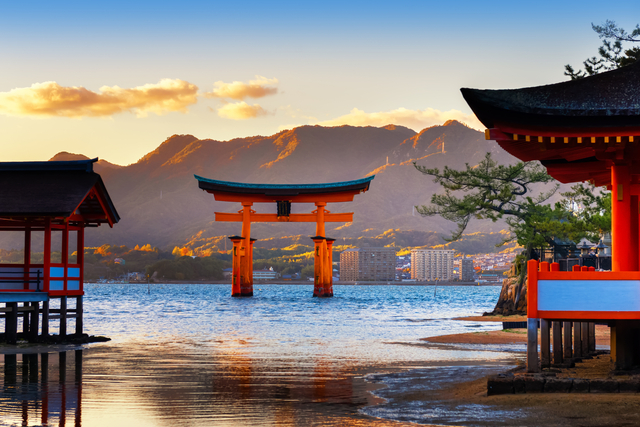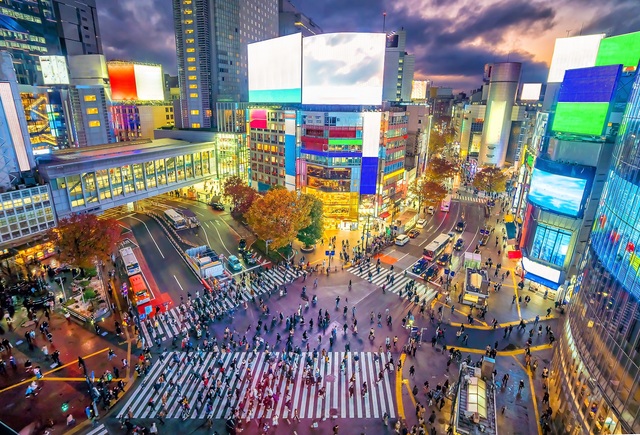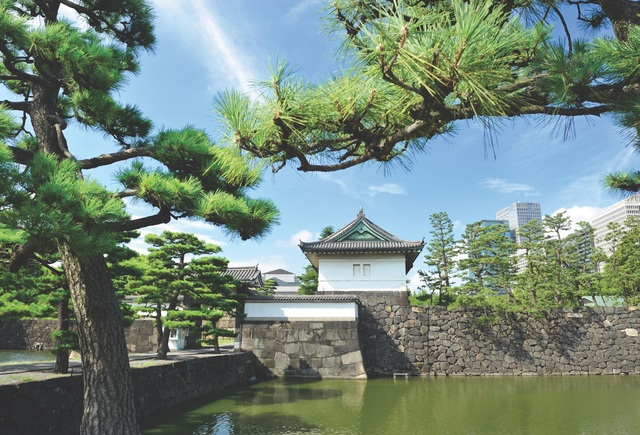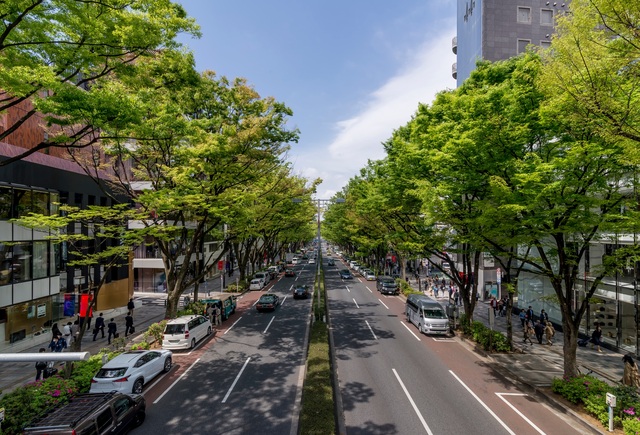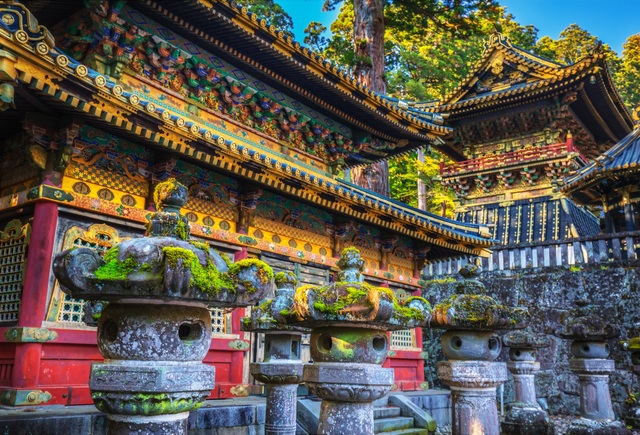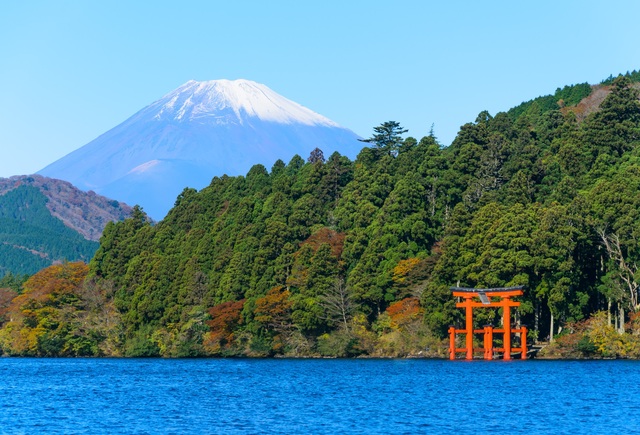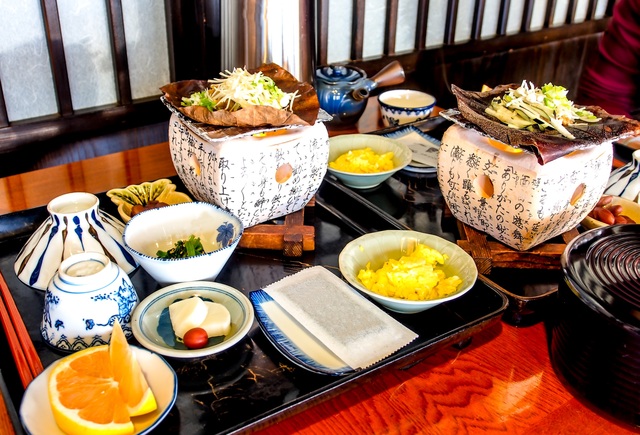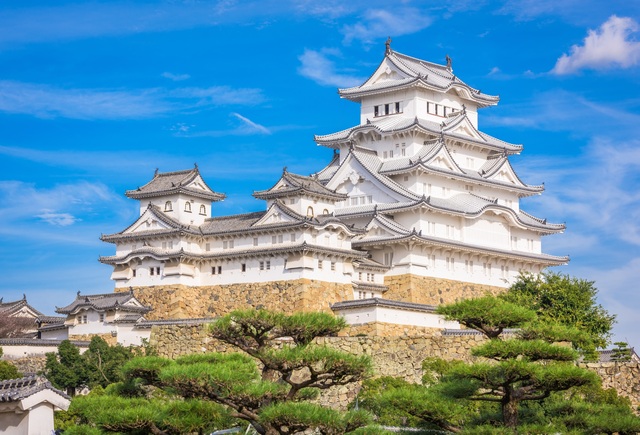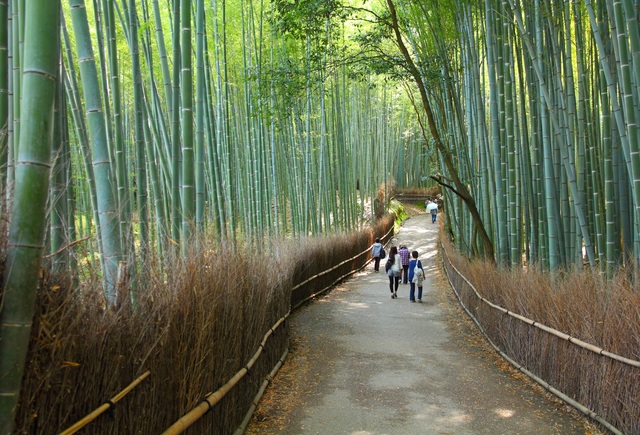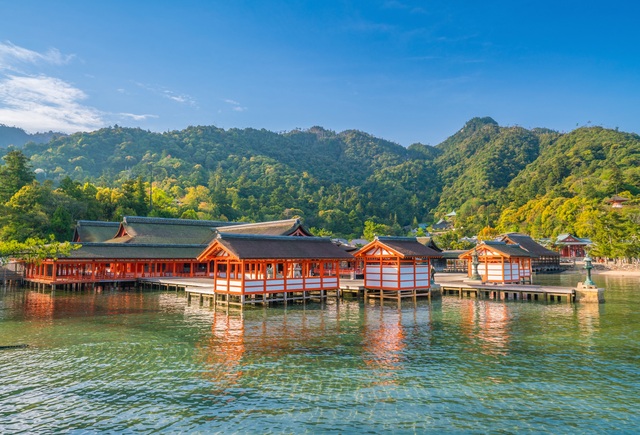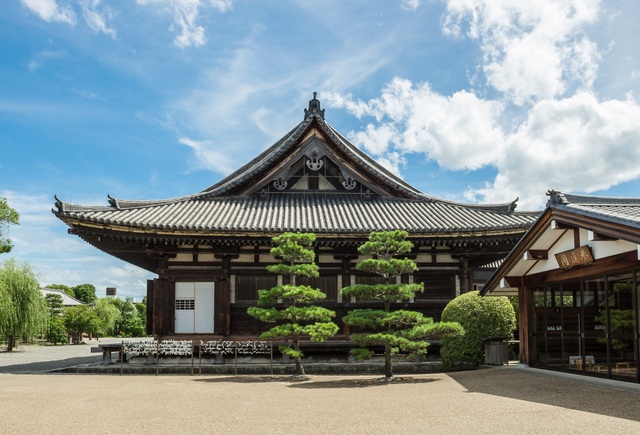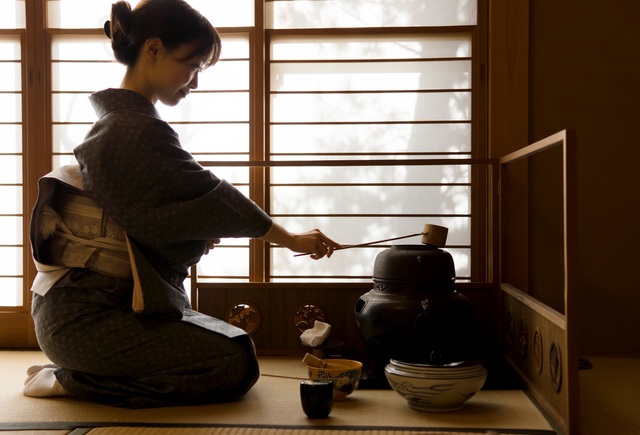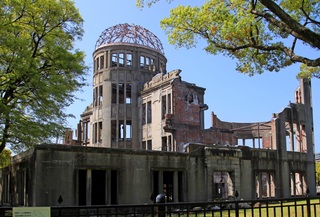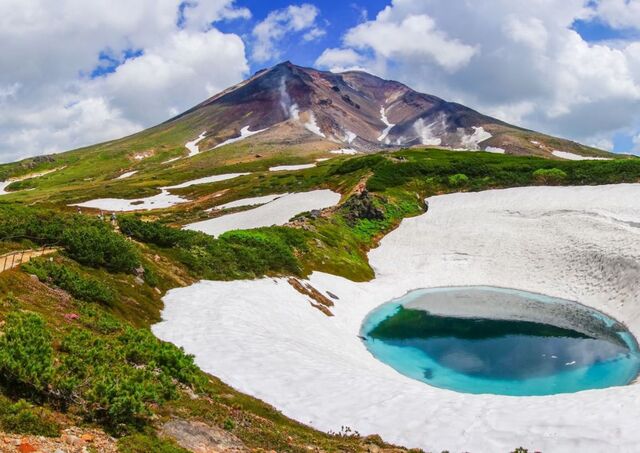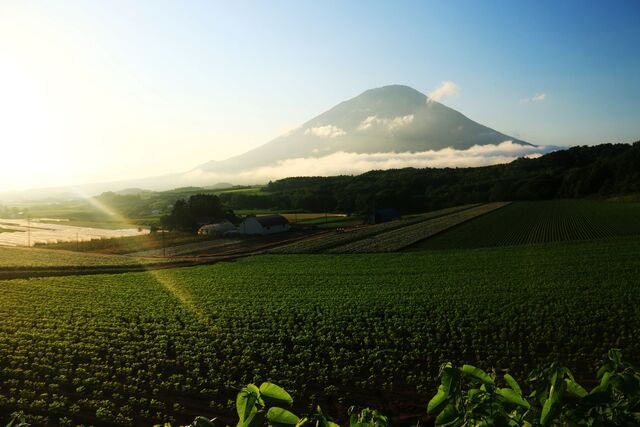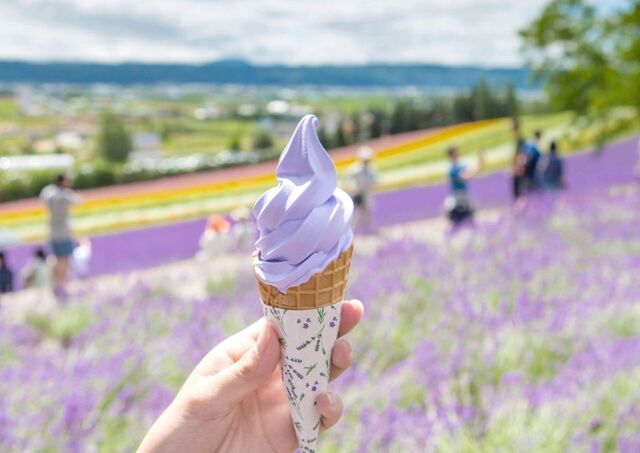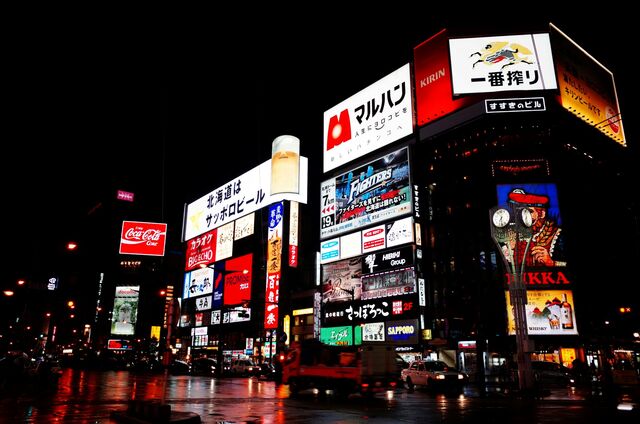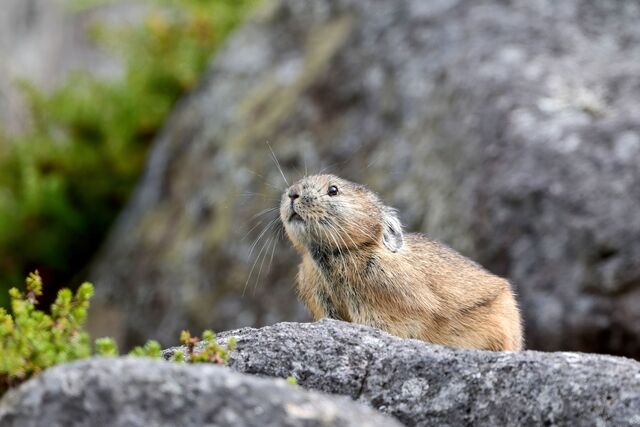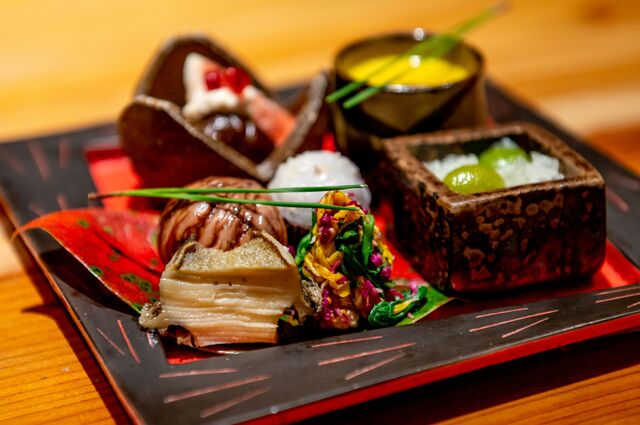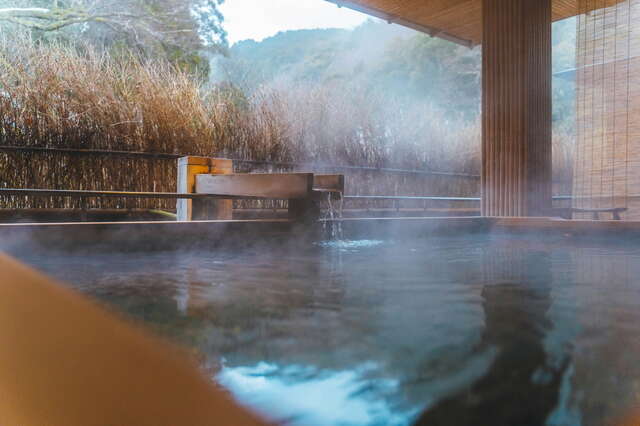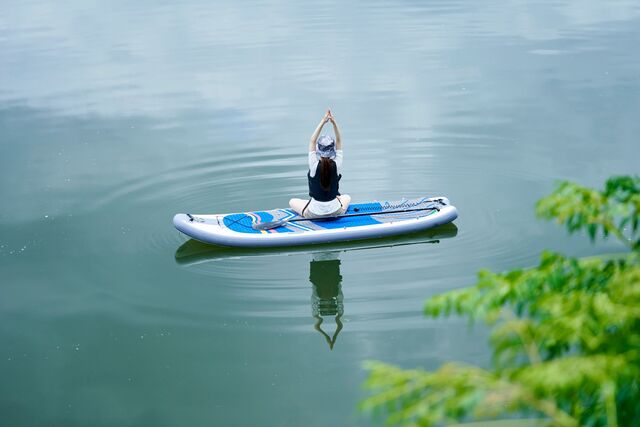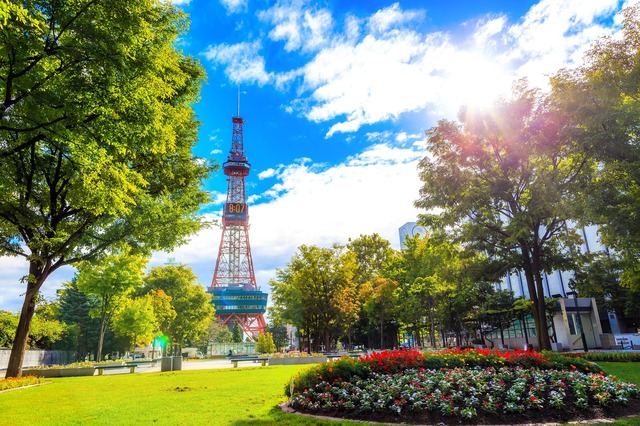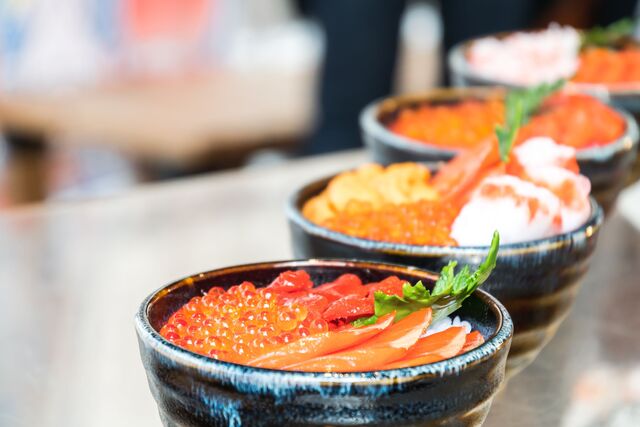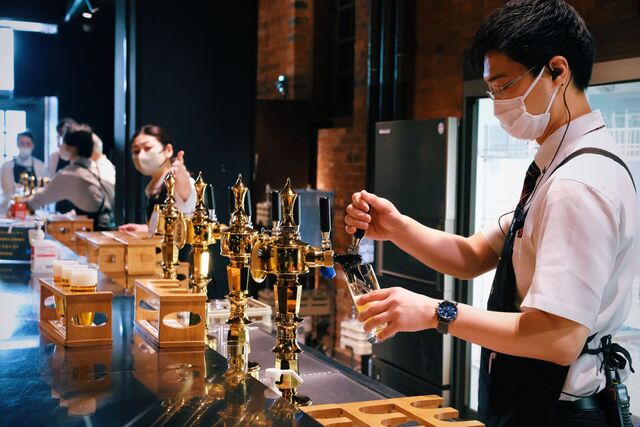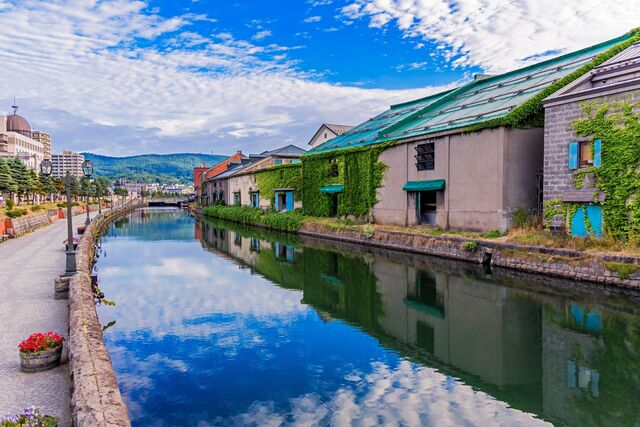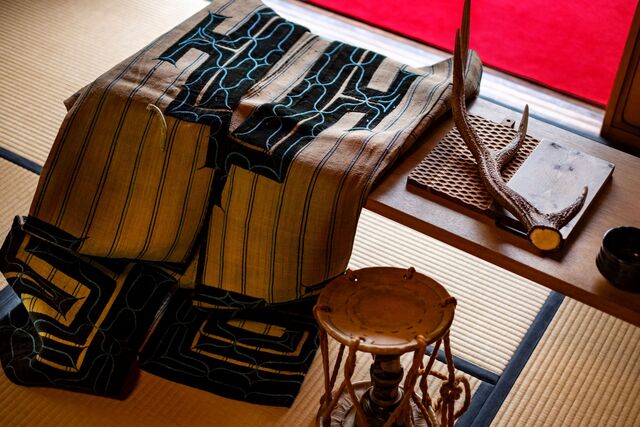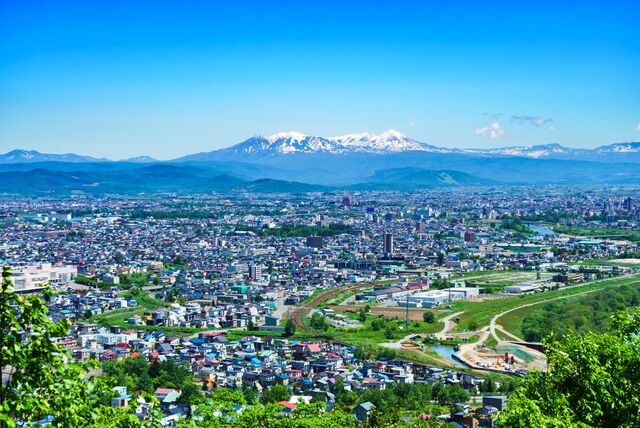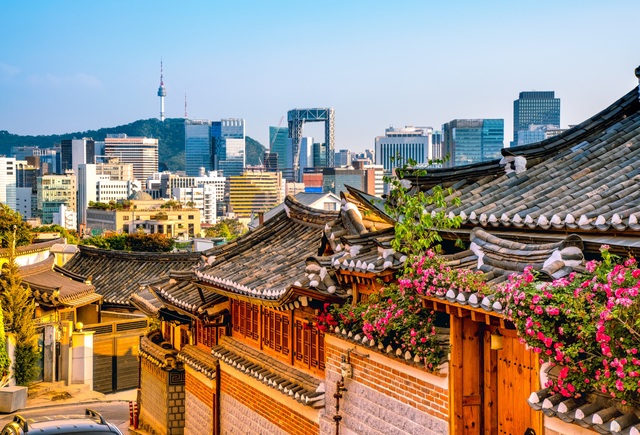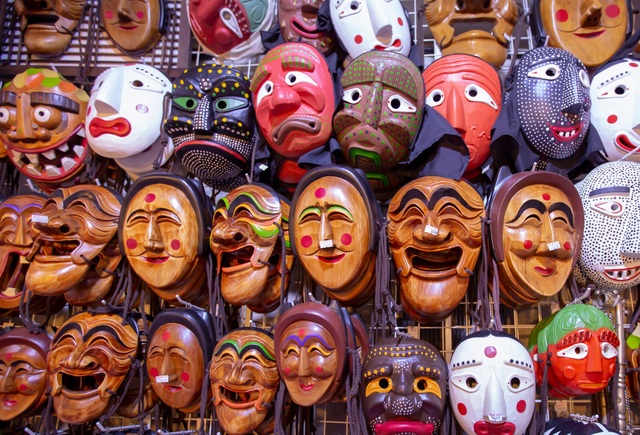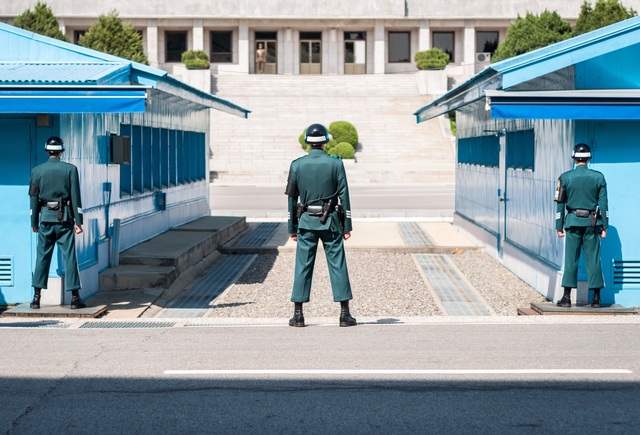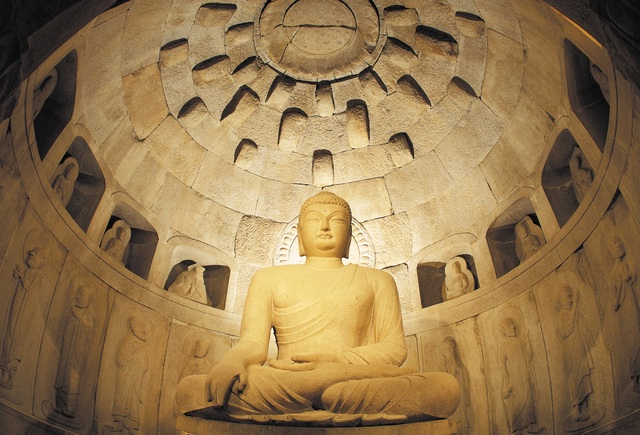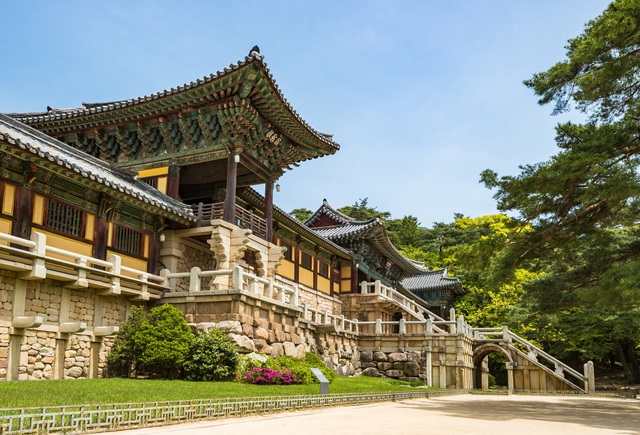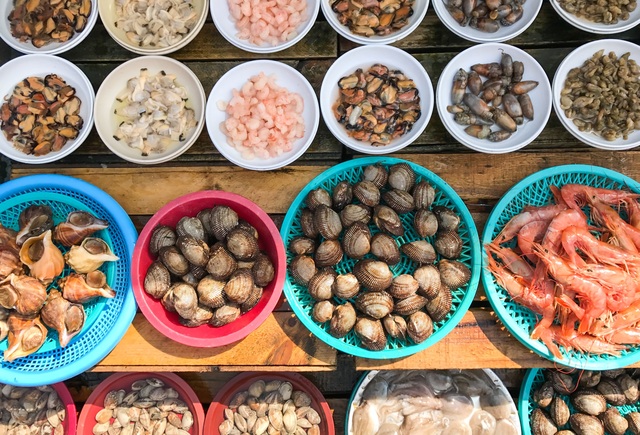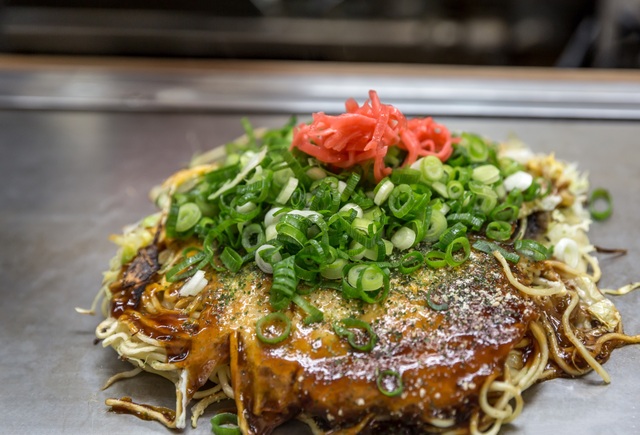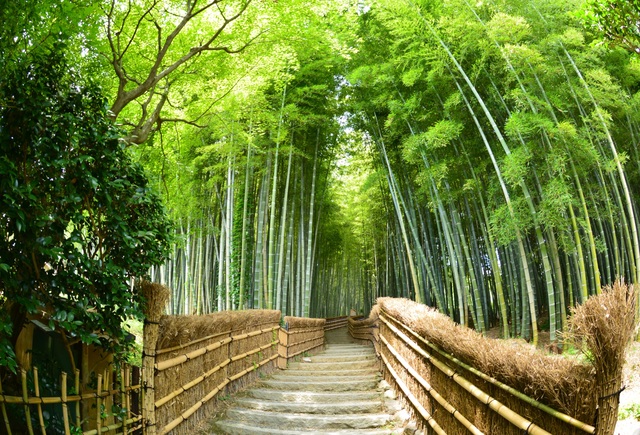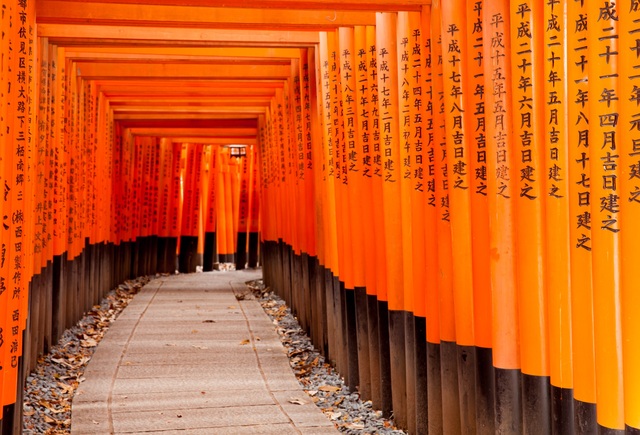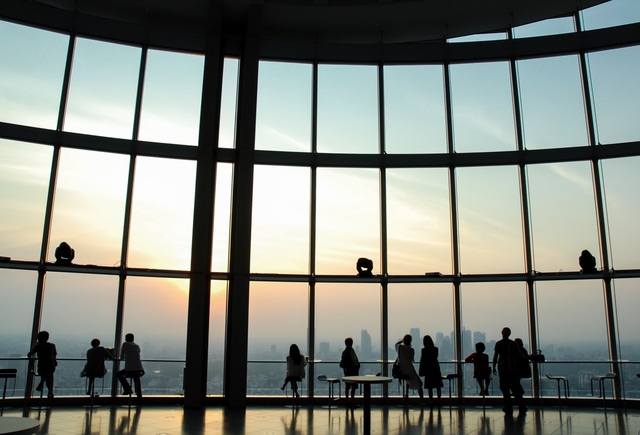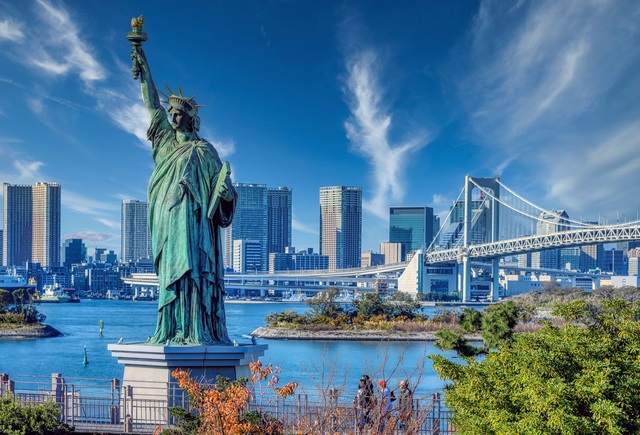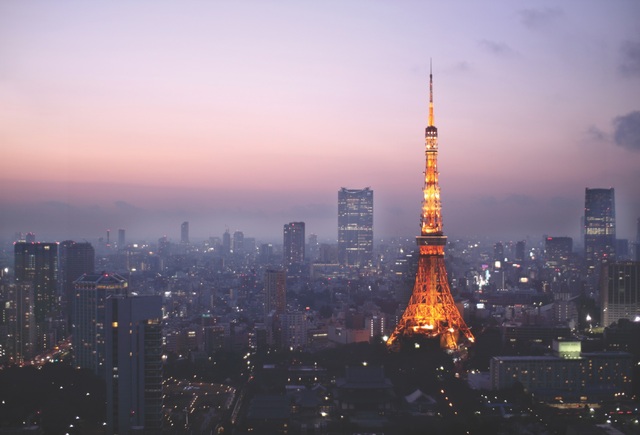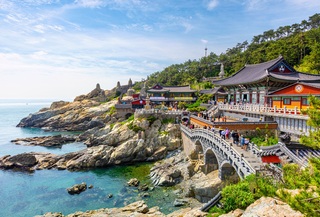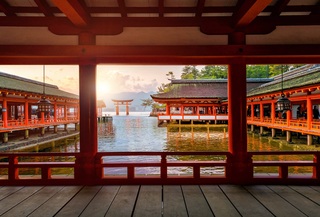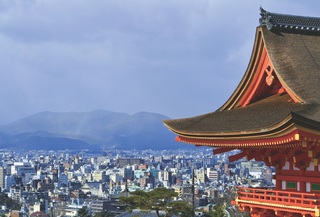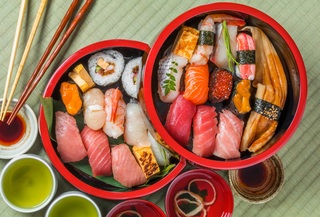Tokyo and Tohoku

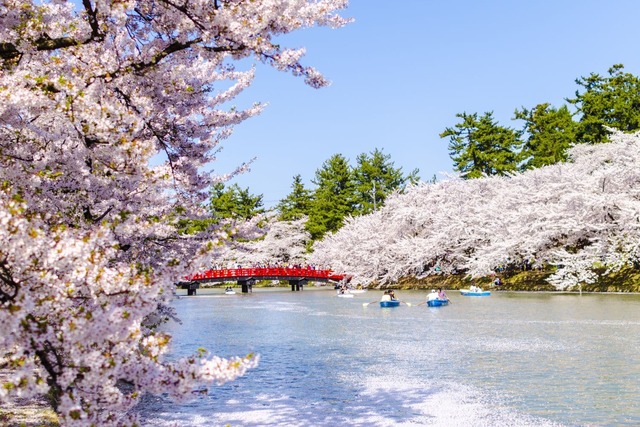
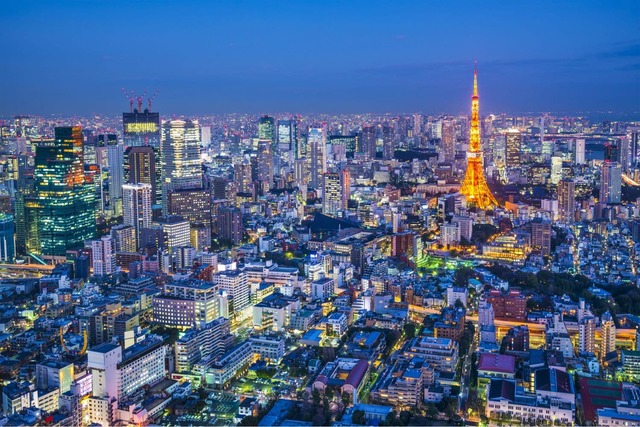
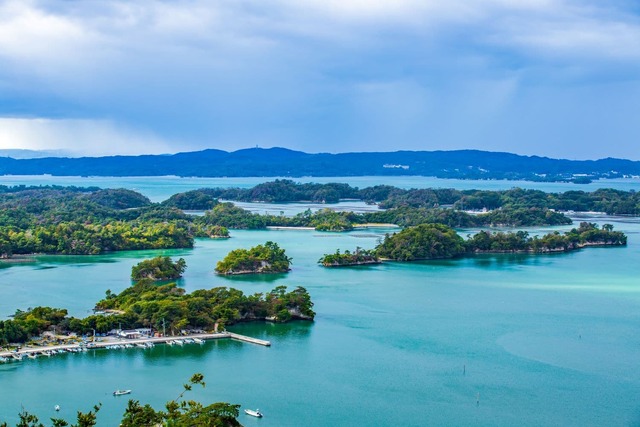
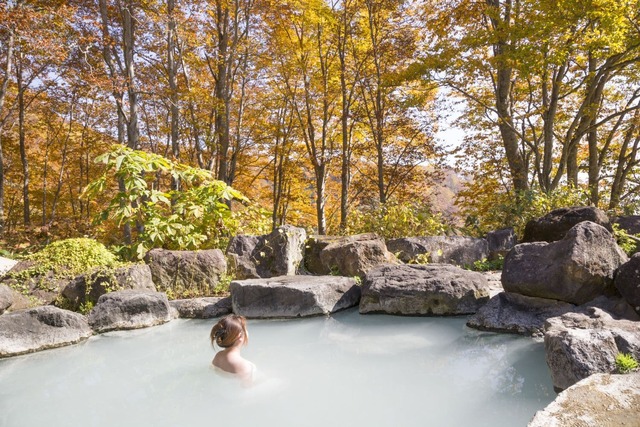
- Adventure
- Culture
- History
- Nature
Overview
Mountain temples, lakes, forests, and historical villages take a journey into the unknown natural and cultural wonders of northern Honshu.
The ideal period to make this trip will be late spring - when the iconic cherry blossoms are in full bloom, but any time of year, it's spectacular. You will travel around with a 21-day Japan Rail Pass and stay at hotels in city areas; however, the itinerary below will also suggest more remote and picturesque destinations if you choose to travel by rent-a-car from day six.
Suggested itinerary
You'll depart from Europe to Tokyo on an overnight flight, so get ready for your great Japan adventure ahead.
You'll arrive in Tokyo and transfer to your central hotel location. On this arrival day, head out to the bustling area Shinjuku in the western-central part of Tokyo, where you could visit the Tokyo Metropolitan Government Building and enjoy the superb city view from the top-floor observatory.
Afterwards, head to the nearby Roppongi Hills complex for dinner at one of the many good restaurants (Japanese or Western-style), then enjoy a 360-degree panoramic night view from the Tokyo City View observation floor.
This is a full day for you to explore Tokyo in more depth.
First, visit Asakusa, the most well-known historical part of Tokyo, where you should visit Senso-ji, one of central Tokyo's oldest, largest, and most atmospheric Buddhist temples.
After lunch, continue to the high-end area of Ginza, and enjoy some shopping at one of the famous department stores and stroll down the grand boulevards.
Finally, head out to Hamarikyu, one of Tokyo's finest landscape gardens, idyllically perched between Tokyo Bay and the skyscrapers of the central Tokyo business district.
Today you will leave behind the hustle and bustle of Tokyo and set off on your discovery tour of Nikko, in Tochigi prefecture. Nikko is home to the UNESCO World Heritage-listed Toshogu Shrine, a mausoleum for shogun Tokugawa Ieyasu, the great military leader (and country unifier) of the early 17th century. You will also find Futarasan Shrine, dedicated to Nikko's mountains, and Rinno-ji, Nikko's most prominent Buddhist temple in the same area.
Today, take the bus and make a day trip to picturesque Lake Chuzenji, adjacent Kegon Falls and Mt. Hangetsu.
Alternatively, if you are a fan of spa and wellness, discover the hot spring town Kinugawa Onsen, close to Nikko. Kinugawa is a resort town with a scenic location along the Kinugawa River, it is centred around the large collection of ryokan (Japanese style inns) lining the riverbank, and nearby there is Nikko Edomura, a theme park that recreates the atmosphere and culture of the Edo period, 1600-1868.
You will continue your journey in the northern direction towards Sendai, the capital city of Miyagi prefecture.
If you travel by car, make sure to take the scenic route via Lake Inawashiro and Mt. Bandai in Fukushima prefecture. Japan's fourth-largest freshwater lake, Lake Inawashiro (also known as the 'Heavenly Mirror Lake'), is situated in Bandai Asahi National Park.
While in this region, make a stop in the historic samurai town of Aizu Wakamatsu, famous for its historical houses and sake breweries. Close the day with a local Sendai delicacy that is well-known throughout northern Japan: gyuutan (fried beef tongue).
This morning, start your day with a light breakfast at the hotel before travelling by train or car to Shiogama, home to one of Japan’s busiest working fish markets. Browse the lively stalls where locals shop for the day’s catch, and perhaps sample a few fresh bites as you go.
From the nearby port, board a sightseeing cruise to Matsushima Bay — a coastal landscape celebrated as one of Japan’s Three Great Views, with over 200 pine-covered islets scattered across calm waters. For lunch, we recommend trying the region’s famed oysters, a local delicacy. While in Matsushima, don’t miss a visit to Zuiganji, one of Tohoku’s most important Zen temples, renowned for its elegant fusuma — sliding doors adorned with delicate gold leaf and hand-painted scenes.
We recommend adding an extra night in Sendai to explore the coastal town of Ishinomaki — one of the communities deeply affected by the 2011 tsunami. Today, it stands as a resilient and vibrant port town, with a moving museum and memorial site that offer insight into the events of the disaster and the recovery that followed.
In the afternoon, whiskey aficionados may enjoy a visit to the nearby Miyagikyo Distillery, known for producing some of Japan’s most refined single malts.
Today, continue your journey north with a visit to Hiraizumi, once the political and cultural heart of northern Japan. Surrounded by forested hills, this former capital of the Tohoku region is home to Chusonji Temple, a peaceful place known for its golden Konjikido Hall — a striking example of Pure Land Buddhist architecture.
In the afternoon, travel to nearby Geibikei Gorge, where towering limestone cliffs rise on either side of the river. Here, we recommend a traditional 90-minute boat ride, guided along the water as you take in the natural beauty of this hidden gem. You’ll spend the night in Hiraizumi.
You'll continue your journey north to Aomori city, the capital of Tohoku's most northern prefecture Aomori.
Aomori is known as the home of one of the most colourful, interesting, and exciting summer festivals that Japan has to offer, the Nebuta Festival (held annually in early August). The highlight of the festival is the daily parade of enormous, electrifying lantern floats, large taiko drums, dancers, and musicians. You can learn about the festival with a visit to Nebuta Museum WA RASSE.
You can also visit the Sanai Maruyama Archeological Site, the largest and one of the most complete and best-preserved prehistoric villages from the Jomon period (13000 – 300 B.C.), located a 20-minute bus ride from Aomori station.
Today, take a day trip to Towada Hachimantai National Park region. The park stretches along Aomori, Akita and Iwate prefectures, and it offers green mountains, lakes, hiking trails and hot spring towns.
The highlight, however, is Lake Towada, the largest caldera lake on Honshu, located on the border between Aomori and Akita prefectures. If you're here in October, you should take a sightseeing boat trip on the lake to immerse yourself in the spectacular autumn coloured panorama surrounding the lake.
Today, travel from Aomori to the historic city of Hirosaki, either by train or car. Known for its strong cultural identity, Hirosaki hosts the Neputa Festival — a sister celebration to Aomori’s Nebuta — and while smaller in scale, the festival museum showcases equally striking floats and vibrant craftsmanship.
Nearby, a visit to Hirosaki Castle is well worth your time. Surrounded by a moat and seasonal cherry blossoms, the current keep, dating back to 1810, is one of the oldest original structures of its kind in Japan. If you're travelling in early May, the castle grounds become one of Tohoku’s most spectacular hanami spots.
From Hirosaki, continue on to Akita City for your overnight stay. For dinner, we recommend trying the local speciality, Kiritanpo — a hearty chicken hotpot served with grilled rice skewers, perfect after a full day of exploring.
On this full day in Akita take a day trip to Kakunodate, in the eastern part of the prefecture.
Kakunodate is a former castle town, which has remarkably managed to keep its 17th-century atmosphere and traditions alive! Although Kakunodate's castle no longer exists, there are still many interesting things to see in the town's merchant district and samurai quarter, which was once home to 80 families and still has some of the best examples of samurai architecture in all of Japan. While in Kakunodate, be sure to visit the local kabazaiku craftsmen who craft beautiful art pieces from cherry blossom tree bark, which grows very thickly up north.
About 20 kilometres northeast of Kakunodate, you will find Lake Tazawa, another scenic caldera lake that, at a depth of 423 metres, is the deepest caldera lake in Japan!
Today, travel by train or car along the Sea of Japan coast to Sakata, a historic port town in Yamagata Prefecture that once flourished through trade with Kyoto and Osaka. Here, you can enjoy lunch at a traditional teahouse, where Sakata’s own geisha still perform — a rare and intimate cultural experience unique to this region.
Afterwards, explore the city’s well-preserved merchant houses, museums, and former rice warehouses, which offer a glimpse into Sakata’s past. In the late afternoon, continue on to your accommodation in the Shonai area, where the rural charm of Yamagata begins to unfold.
Today, you’ll visit Yamadera, a striking Buddhist temple complex set into the cliffs northeast of Yamagata City. The temple’s name means “Mountain Temple,” and its stone stairway climbs through ancient cedars to halls perched high on the hillside, offering views over the valley below.
Nearby, stop in Tendo, a town long associated with traditional craftsmanship and best known for producing shogi pieces — the carved wooden tiles used in Japan’s version of chess. The local Shogi Museum offers an introduction to the game and its cultural importance. In the evening, continue to Yamagata City for your overnight stay. For dinner, we recommend seeking out a restaurant that serves Yonezawa-gyu — considered by many to be Japan’s finest wagyu, even surpassing the famous Kobe beef in quality and flavour.
Alternatively, if you’d prefer to spend the day with a traditional ryokan experience, you may choose to visit Zao Onsen instead. Known for its mineral-rich hot springs and atmospheric mountain setting, Zao is especially popular in winter as one of Japan’s leading ski areas, but its steaming waters can be enjoyed year-round in the town’s many bathhouses.
Today, you will leave Yamagata city and the Tohoku region and travel back to Tokyo by bullet train. In Tokyo, head out to Shibuya and Harajuku, two of the most exciting areas in the western part of central
Tokyo. Stroll through the grand Yoyogi Park, visit the impressive Meiji Jingu Shrine, and then spend the rest of the afternoon shopping for souvenirs in Shibuya. Try one of the area's cosy izakaya (Japanese pubs) for dinner.
This is the end of your Tohoku region discovery tour; you'll transfer to the airport and fly home. We hope this has been a life-changing adventure you won't forget.
Accommodation
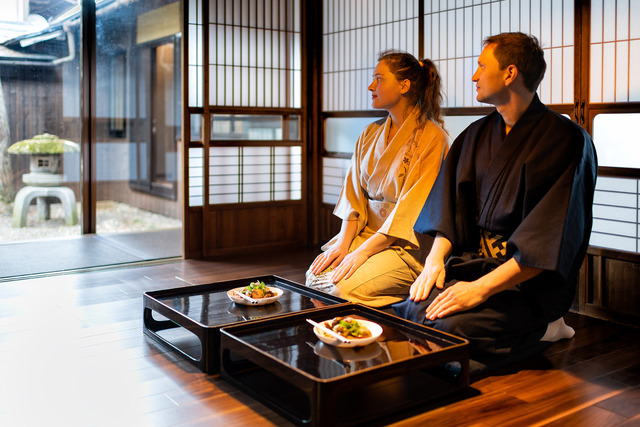 + 5 Photos
+ 5 Photos
A ryokan is a traditional Japanese inn that offers a unique cultural experience. Guests sleep on tatami mats, enjoy traditional meals and may have hot springs & gardens.
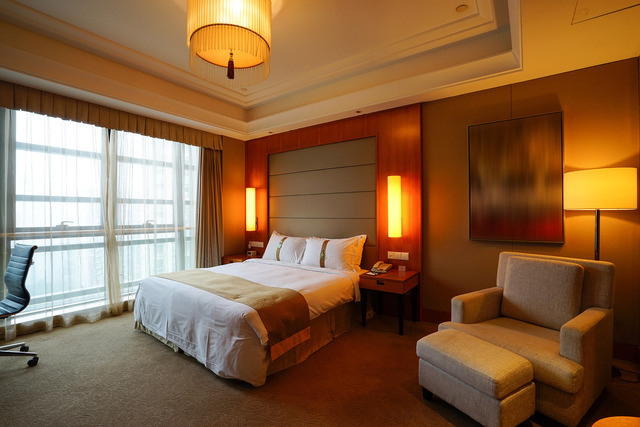 + 5 Photos
+ 5 Photos
Western-style hotels in Japan offer comfort and convenience with amenities like room service and fitness centres. Many are located in major cities and near popular destinations.
Important information
Important information
- Travel insurance is optional. Let us know if you’d like help adding it to your trip.
- The itinerary shown is an example. We’ll tailor the tour to fit your interests and travel style.
- Once you get in touch, we’ll fine-tune the details together to make sure the trip suits you perfectly.
What is included
- International return flight tickets
- Checked luggage
- Airport transfers
- 13 nights in western style accommodations
- 1 night in Japanese-style Ryokan with onsen
- 3 nights in Japanese-style Ryokan with onsen
- Breakfast and dinner (selected locations)
- Transport tickets between destinations
What is not included
- Local transport (buses, metro, taxis)
- Local city tax which needs to be paid on the spot
- Optional excursions and sightseeing tours
- Travel insurance


